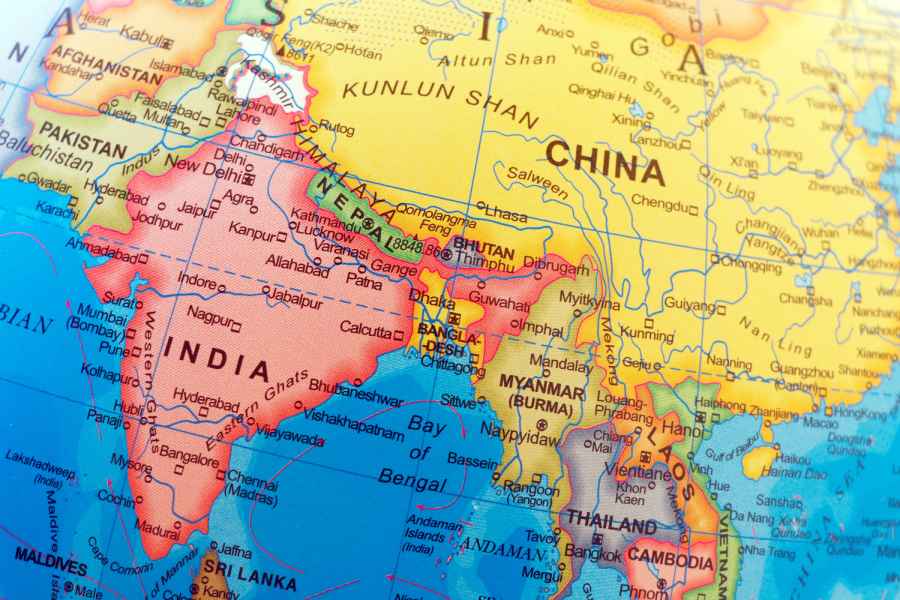Monsoon rains this year are likely to be well distributed with most parts of India expected to receive normal or above normal rainfall, the national weather agency said on Tuesday, predicting rainfall quantum to be 103 per cent of the long-period average.
The India Meteorological Department (IMD) predicted that the “monsoon core zone” that accounts for most of India’s rain-fed agriculture region will most likely receive “above normal” rainfall, raising hopes for good crop yields amid several downward forecasts for India’s economic growth.
The IMD, in an updated long-range forecast for the 2022 monsoon, has predicted 33 per cent probability of normal rainfall (96 to 104 per cent of the long period average) and 16 per cent probability of above normal rainfall (106 to 110 per cent.)
In the monsoon core zone — a vast region across central India stretching from Gujarat to Odisha where farmers depend largely on the rains for cultivation — the IMD has predicted a 54 per cent probability for above normal rainfall.
The June-September monsoon rains account for around 75 per cent of the country’s annual rainfall and are critical for the country’s crops, water resources, and economy. Crops such as rice, maize, millet, oilseeds, pulses, sugarcane, and cotton are sown during these months.
About half of the country’s total sown area depends on rainfall. Nearly 60 per cent of the other sown area relies on irrigation that depends on groundwater reserves that get recharged by rains.
The IMD had on April 30 also predicted a normal 2022 monsoon, but 99 per cent of the long-period average.
The upward revision to 103 per cent — while still in the normal range — comes amid lowered forecasts of India’s economic growth in 2022-23. A Reserve Bank of India panel had in April this year lowered its India growth forecast for fiscal 2022-23 to 7.2 per cent from 7.8 per cent earlier. The World Bank had also in April cut its forecast to 8 per cent from 8.7 per cent earlier.
The IMD’s updated forecast released on Tuesday and generated through a combination of statistical techniques and computer simulations of the global weather has predicted that the monsoon rains will be well distributed spatially with most parts of India expected to receive normal or above normal rainfall.
But some parts of east-central, east, the Northeast and extreme southwest peninsular India are likely to receive below normal rainfall, the IMD said.
The long-range forecast hinges on two key parameters — a slight dip in the sea surface temperatures in the central Pacific ocean called La Nina and Indian Ocean temperatures swings called Indian Ocean dipole.
La Nina, which is historically associated with good rainfall over India, is likely to prevail during the 2002 monsoon season, the IMD said. The Indian Ocean dipole is currently neutral, but the computer simulations have indicated that it could swing to the negative side during the monsoon.












